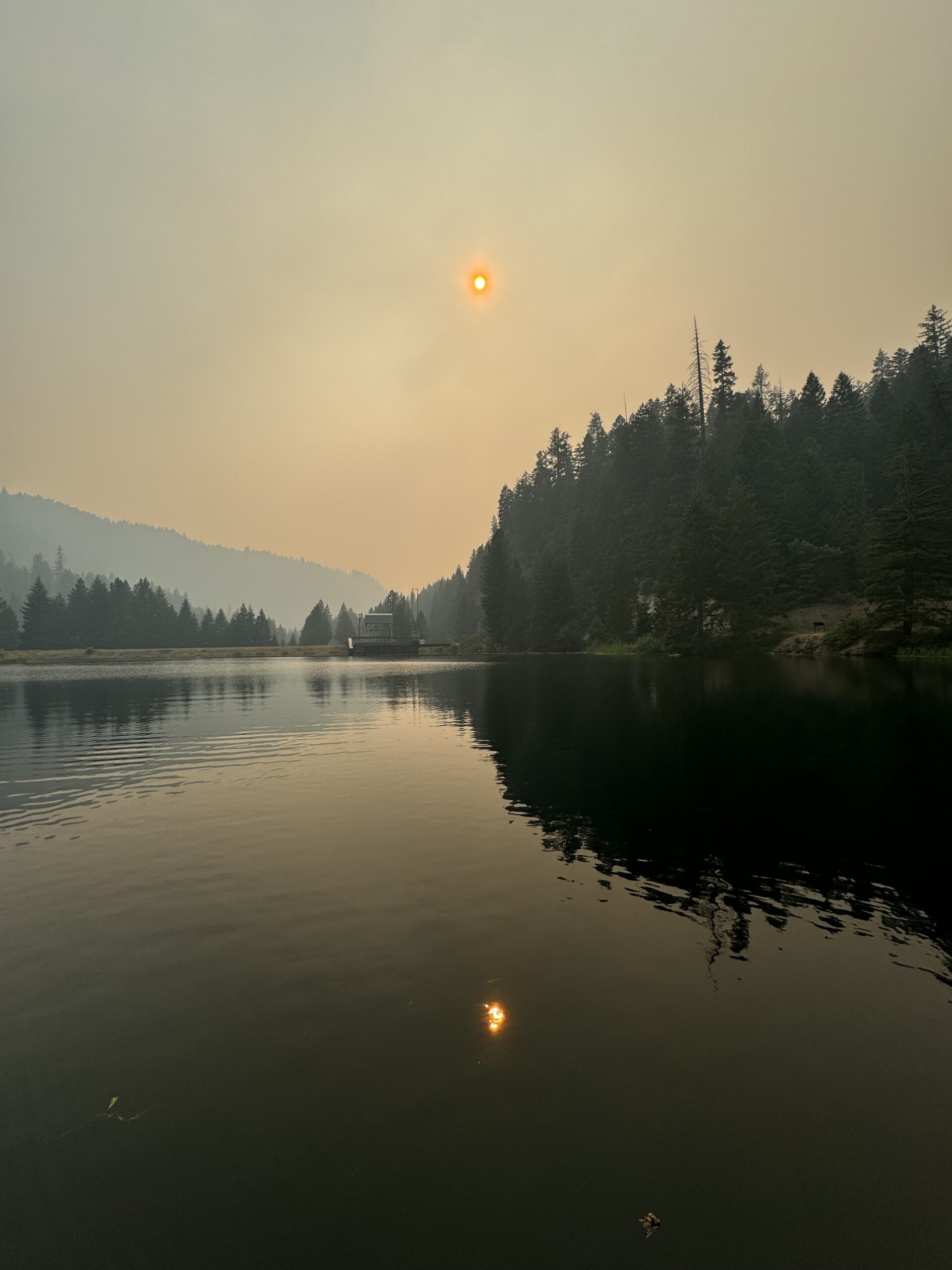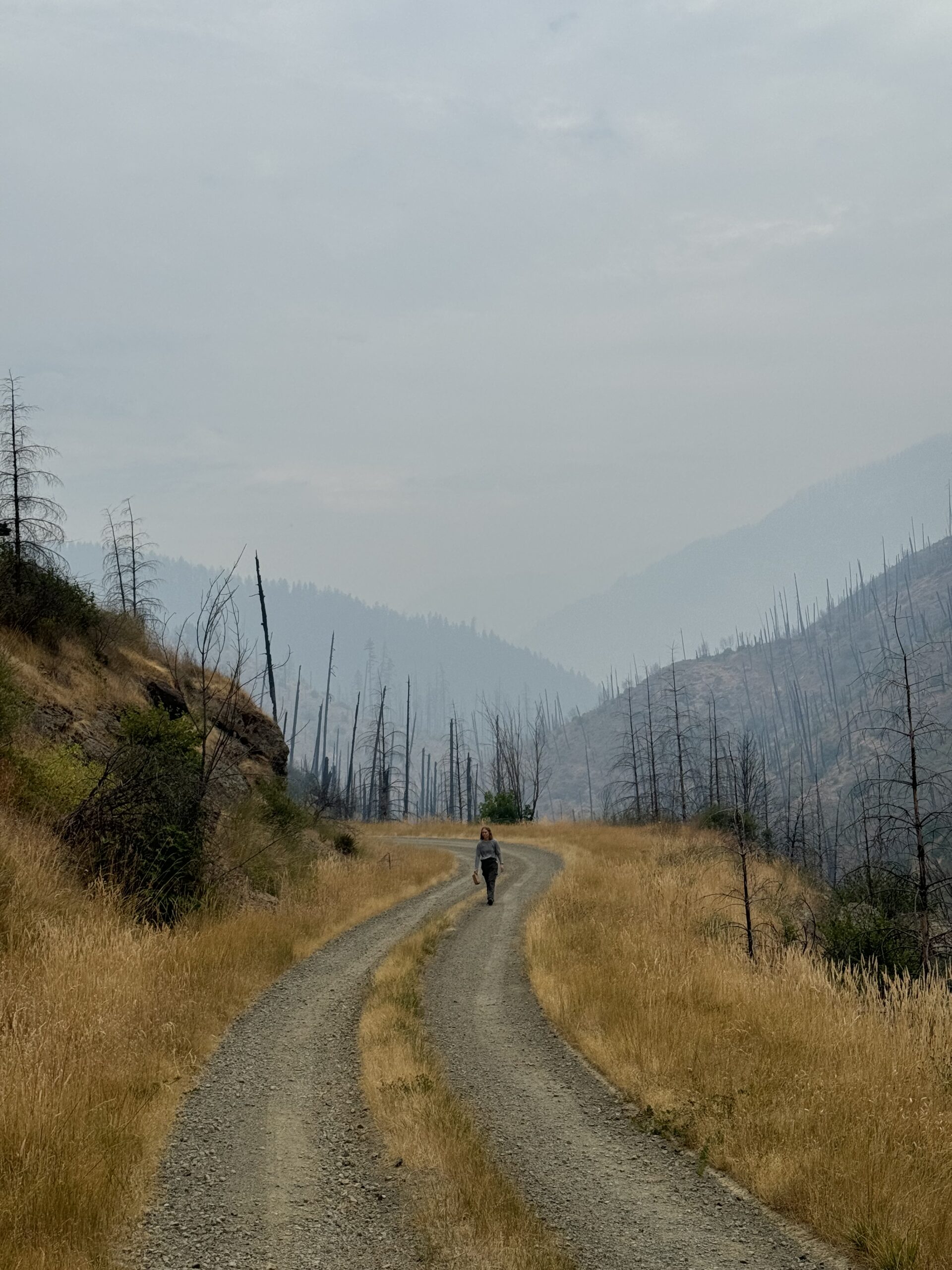Wildfires are part of life out west. As a midwesterner this has definitely been a culture shock. The smoke that hangs in the valleys brings this ominous feeling I can’t quite shake. Meanwhile the locals do not seem fazed. As time passes I too have gotten more comfortable living surrounded by fires. Maybe it’s the constant reassurance from my crew lead or the other USFS employees sharing their experiences from years past, but slowly it’s becoming more normal.

In all honesty, the biggest adjustment has been working while large portions of the forest are closed. Many of our historic seed collection spots are out of reach or even burned. Initially it felt like the rug was ripped from under my feet. Time to start over. Going back out and looking for our target species, but this time without any historic data to rely on.

Long days of driving down new roads were upon me and my co-intern. Some days were busts. We seemed to find more invasives than natives. Not the best feeling, to be honest. Soon our luck would change. We would come upon patches of meadows, they key to our success. Quickly we found forest scurf pea, western columbine, and blue wild rye. It felt like such a victory!
As time has passed waivers to enter the closure have been approved. Finally we can hit some of those historic sites! The sheer difference in population size was astounding. I could see why the forest relies on these sites so much. Now as July comes to a close, paper bags of seeds cover the floor and the fridge is full of berries. Despite it all the work is really starting up. Hoping as summer moves along more of the forest opens up, and more seed can be safely collected.
Emma Landenberger
Umpqua National Forest, Oregon
